Spring is burgeoning in Rome, the evenings are lengthening, and the air is rich with possibility and the anticipated scent of incipient blossom. As Lucio Battisti sang: i giardini di marzo si vestono di nuovi colori (here’s my Vespa Tune post about it from two years ago, now liberated from its paywall). But there is also a niggling hint of disquiet about the approach of spring, which brings with it fragmented recollections—fleeting, ungraspable whiffs of panic and uncertainty—of that odd spring five years ago when, in early March, Italy shut down completely.
As everything closed, and before we knew the word lockdown, I started writing a daily blog called the Roman Quarantine, and after my first post was asked to write this piece for Apollo Magazine.
Here are my blog posts from the first of those very, very strange days.
Day 1 - 10 March 2020
Last night, as I was making pasta e fagioli, a siege meal if ever there was one, I happened to hear the live-streamed broadcast from the Italian Prime Minister, Giuseppe Conte. I listened on Twitter, and with the doors open onto the terrace on the warm evening I could hear the whole neighbourhood listening to the same message: online, on terrestrial tv or radio, and all ever so slightly out of sync. This communal experience had an air of great portent, and Conte announced that Italy was under quarantine in an attempt to slow the spread of Covid-19 which has begun to test the resources of the healthcare system in Northern Italy (so far) to a very significant degree and that the whole country was now to be a restricted area. All Italian schools and universities were closed on Thursday, and on Sunday morning all museums and archeological sites were shut down.
These new regulations extend the restrictions previously applicable in the “red zones” to the whole country. They include closures of all public gatherings. Walks in the park, cycling, and food shopping are all permitted but should be undertaken in groups of one or two people, and maintaining a distance of at least a metre between people. Shops and coffee bars are restricting numbers entering to follow this rule. Movement between towns and cities requires a justifiable cause, such as unavoidable work commitments or health reasons. If discovered to be unfounded, statutory punishment is a maximum three month prison sentence. It’s a serious business.
It is the right thing to do, but clearly the effect of the across the whole country (not only tourism, significant as it is in the Italian economy: some 13% of GDP) is enormous. From my perspective, and those of people in my line of work, the entire spring period (at least) has been wiped out at a stroke. The knock-on effects of every cancelled trip are a flurry of ripples, of which I am just one tiny part (hotels, museums, shops, restaurants, coffee shops, and their suppliers; all who are employed by them and their families; taxi drivers; next years’ massively reduced taxes and the public services they fund: the list is never-ending). I also have nothing but sympathy for my clients, many of whom booked months ago: I know only too well how much thought, time, and excitement goes into planning, and feel their disappointment acutely.
Day 2 - 11 March 2020
For the moment at least, solo exercise in public parks is permitted as long as the minimum metre distance between people is maintained. Happily Rome has an abundance of amazing parks. Today I took myself off for a solo trot around the Parco della Caffarella (it would be a little much to call it a run…). In other circumstances it would have been a perfect spring day, 19C, a slight breeze, blue skies, the first blossom. It just occurred to me to wonder what time I went and had to look at a photo on my phone to check. I had no idea. Time has lost all meaning, which is a curious state to be in: simultaneously liberating and a little alarming. As far as it matters, it turned out I had gone at 12.30.
The Parco della Caffarella is one of my favourites, part of the Parco Regionale dell’Appia Antica (Regional Park of the Ancient Appian Way) it is the most exquisite and bucolic mix of ancient ruins and Cold Comfort Farm. Where else can you see grazing sheep a five-minute walk from the nearest metro station? Obviously public transport is probably best avoided at the moment, but when normal circumstances resume–oh, but when?–it’s easy-peasy to visit from the centre of town.
Cows, sheep, and hens. Abandoned mausolea repurposed as churches, themselves also long since abandoned. A second century nymphaeum (a sort of decorative fountain for the blingiest of ancient country villas, designed to encourage the mystical activities of woodland spirits) which is legendarily said to have been the grotto of a water nymph called Egeria, counsel (and more, according to Juvenal and other impertinent Roman writers) of Rome’s mythical second king, Numa Pompilio.
In the distance looms the long-dormant (please stay that way!) volcanic system where Rome’s local origin story began with the birth of Romulus.
It’s all wildly evocative, and set in 132 hectares (326 acres); the whole of the Parco dell’Appia Antica is 4580 hectares (11300 acres), the largest urban park in Europe.
Because I am nothing if not eclectic, I jogged through the atmospheric backdrop of the Campagna Romana, pervaded as it is by history and legend, to the sound of 90s Country on Spotify: Egeria, meet Brookes and Dunn. I idly wondered how well Texan country singers would respond to the official public ordinance to stay at home.
So far (and though in Rome it’s only just begun, in the towns where the first outbreak was recorded these restrictions have been in place for three weeks), Italy seems to have reacted with general obedience and good humour. The understanding is that we’ve all just got to help each other out, and hope we can go back to normal soon. The decree which ordered the quarantine is entitled “Io Resto a Casa”. It’s very clever: a gentle and kind affirmation, lightening what is after all a fairly authoritarian move, and giving the sense that Italians (and foreigners living here, like me) are doing their bit, not being ordered around. Ultimately that’s what it is: being ordered about for the good of us all, and I’m totally in agreement. But I’m not sure how well Alan Jackson would take that.
Day 3 - 12 March 2020
Tiresome admin today, no trotting around parks to the genuinely uplifting sounds of 90s country (My favourite is Dolly, top trotting track is currently: “Why do you come in here looking like that?”. I really—seriously, unironically—adore Dolly Parton. Try it, it’s ace).
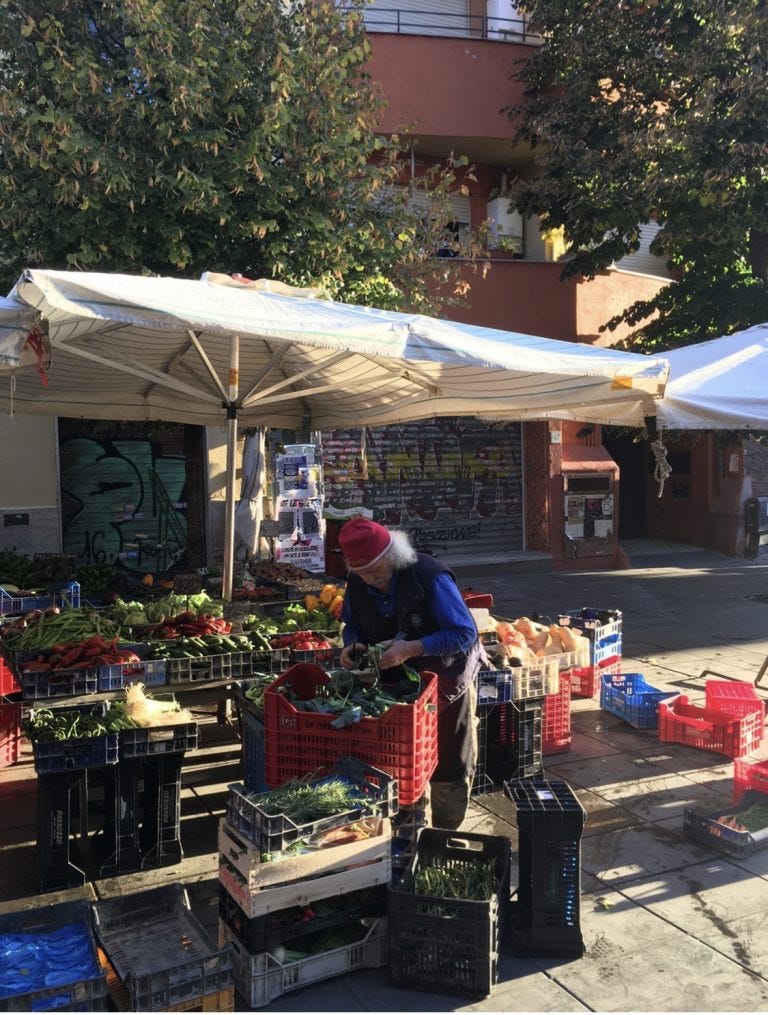
Admin is dull at the best of times and I’m doing a lot of it at the moment: I like taking tours, not doing the accounts, and little is more dispiriting than refunding payments for tours arranged often months ago with many emails, phone calls, and reservation arrangements. I’m giving money back to people who, under normal circumstances, would want nothing more than to visit, and I nothing more than to show them around. Given museums and archeological sites are now closed, I’m also refunding the–in theory non-refundable–entrance tickets. Thus far the Ministry of Culture has not yet mentioned how these costs will be refunded to me and those in my situation.
It’s extremely tiresome, but I’m sure a solution will be reached. The Vatican Museums has been quick on the draw, offering suspension of reservations to be assigned at a future date. That means that a ticket for a group of 3 adults and 2 children has to be used for the same configuration in the future, a complicated and boring exercise in reassignment which will undoubtedly result in unused pre-paid tickets. What can one say but, pazienza? This too will pass. But, gosh, it’s a bore.
Amidst all of this greyness, under the cobalt blue skies of early spring which seem not to have understood the gravity of the situation, something rather lovely happened today. Our favourite local (if truth be told one of our favourite restaurants in the world) Pigneto Quarantuno rang my husband, Massimo, to ask if we’d like to help them out. Following yesterday night’s decree further restricting public businesses (which until now had allowed lunch-time openings with limited numbers and a restriction on space between customers of a minimum 1 metre/ 3 feet) they were closing for the duration. And they had a lot of food in the fridge, would we like some? Well, of course.
4 kg of hand-made pasta, meatballs (they have such amazing meatballs), cooked bitter greens a go go, a braised beef cheek, chicken liver pâtè, and old wine bottles filled with craft beer from an open keg. We’re (very..) regular customers, but it was still extraordinarily generous of them, and they made clear right away there was no chance us paying a penny.
In the meantime they, like so many other businesses, are paying rent, bills, salaries. So when this is all over go to via del Pigneto 41, sit outside on the pedestrianised street on a torrid July evening, watch the world go by, have a glass of wine, eat their excellent (so good) carbonara, and remember how lucky so many of us are.
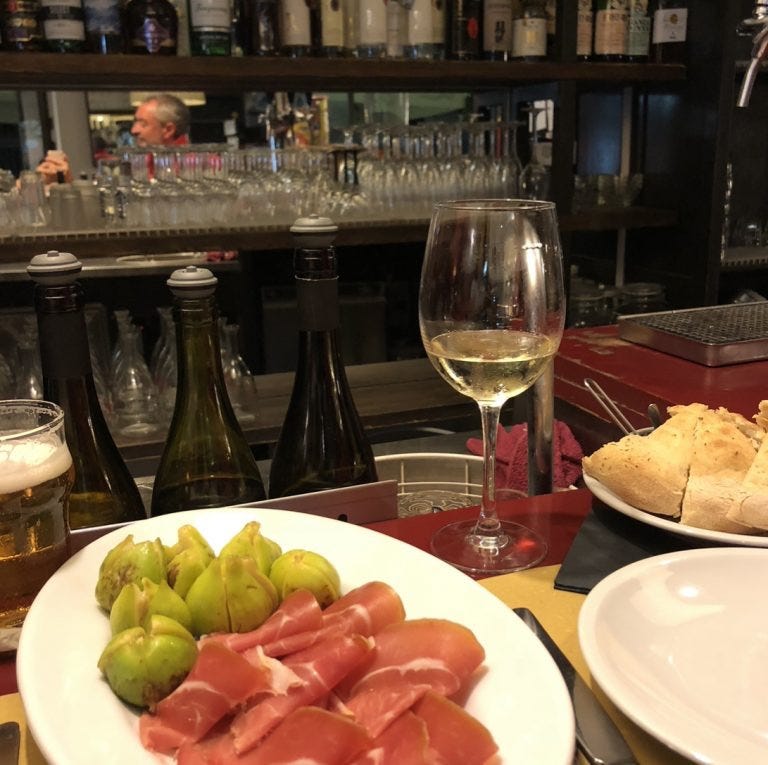
That phone call this morning epitomises everything I adore about Rome, but especially Pigneto, the neighbourhood we’ve lived in for 16 years. Eight minutes on a scooter from the Colosseum, there’s a village where everyone knows my name. And I love that.




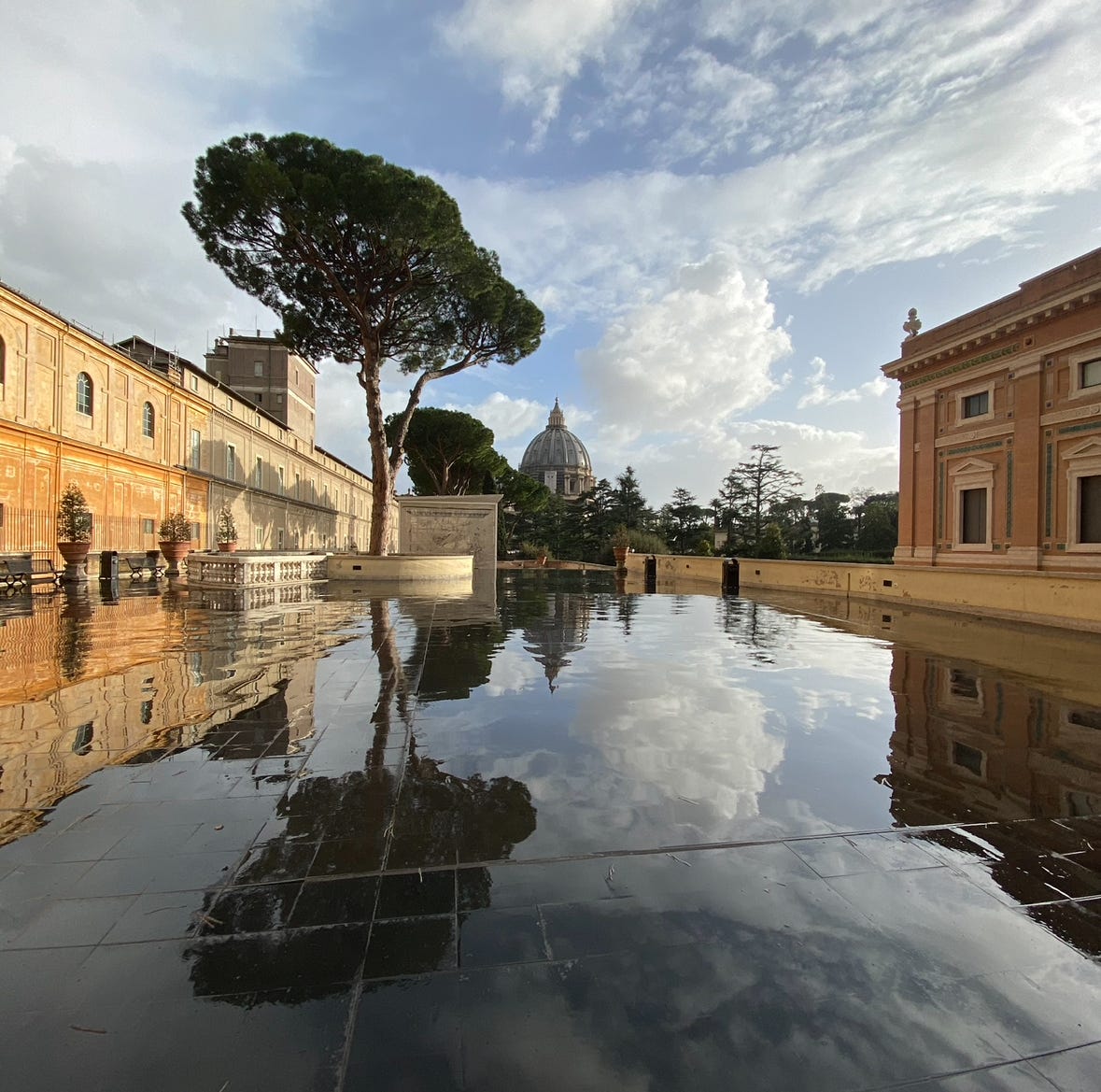
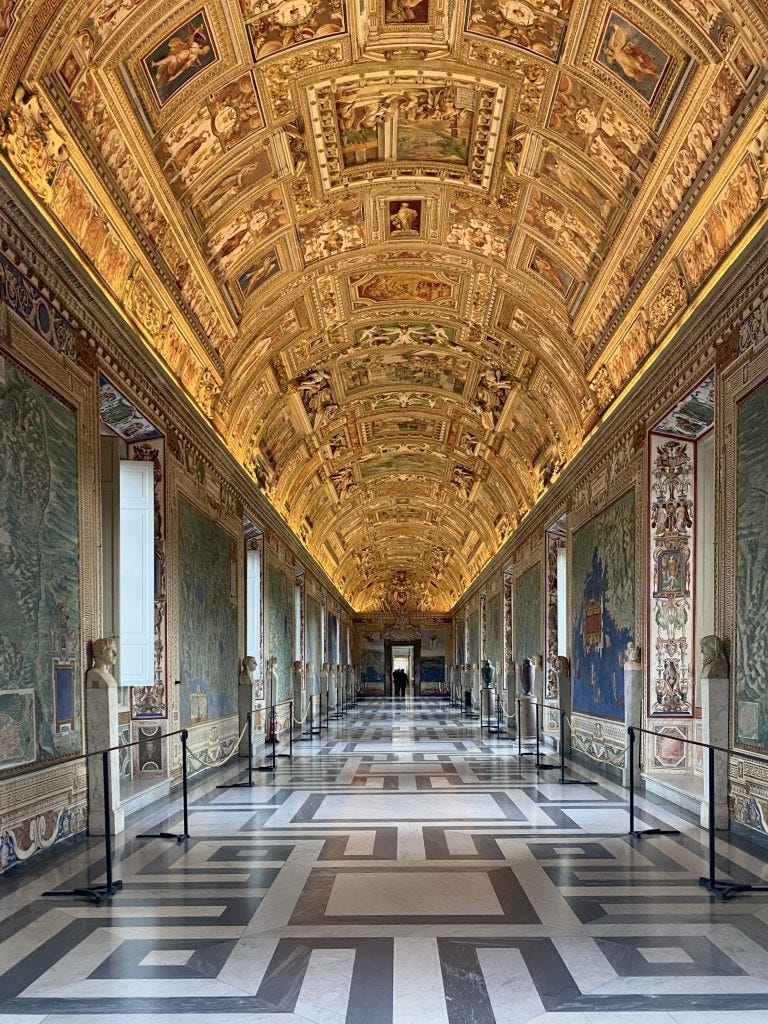
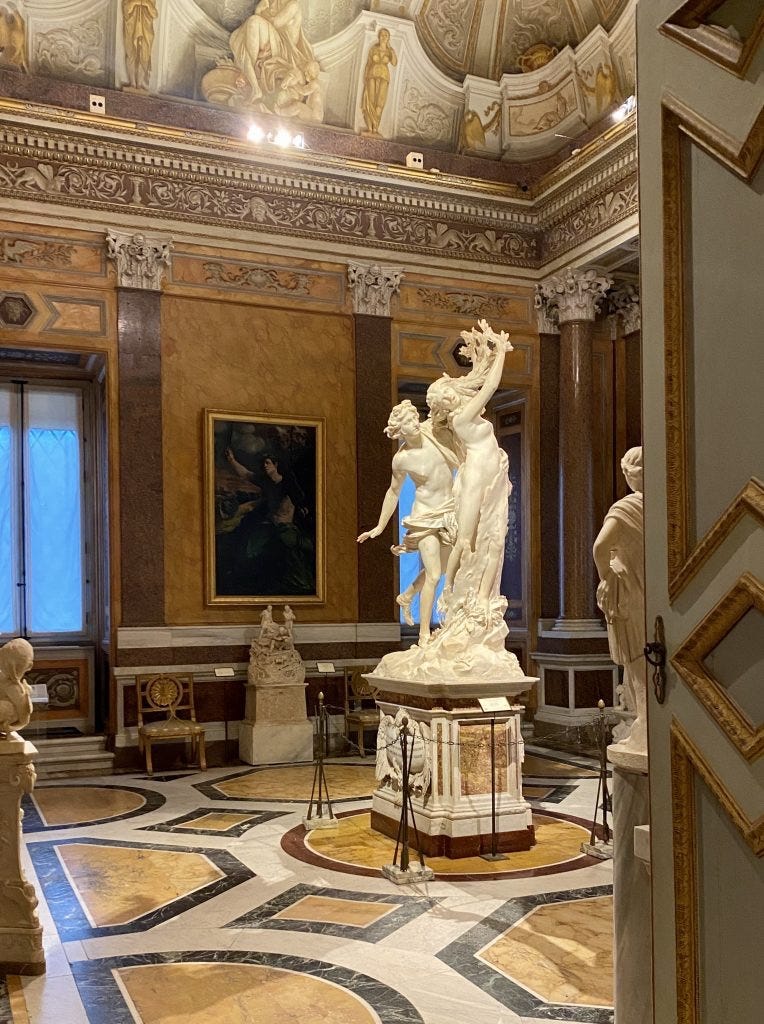
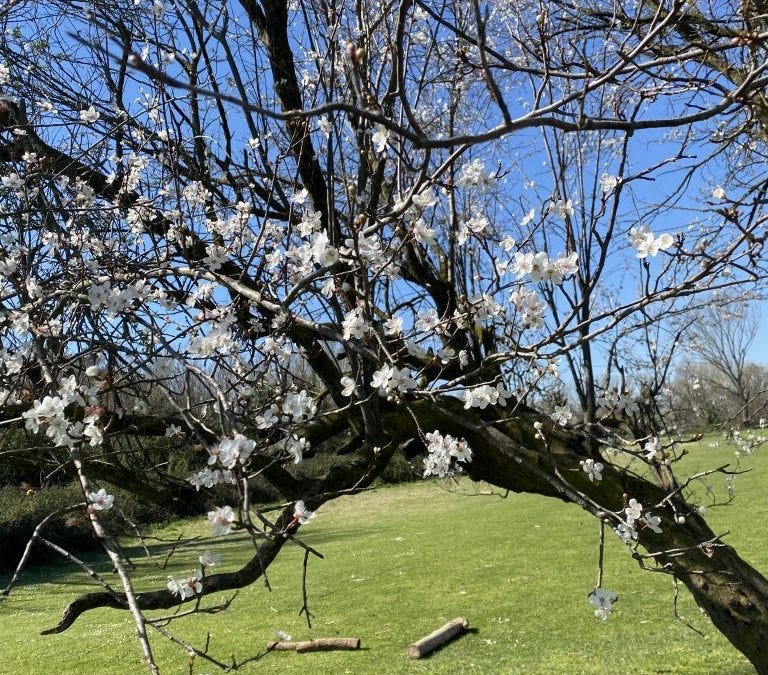
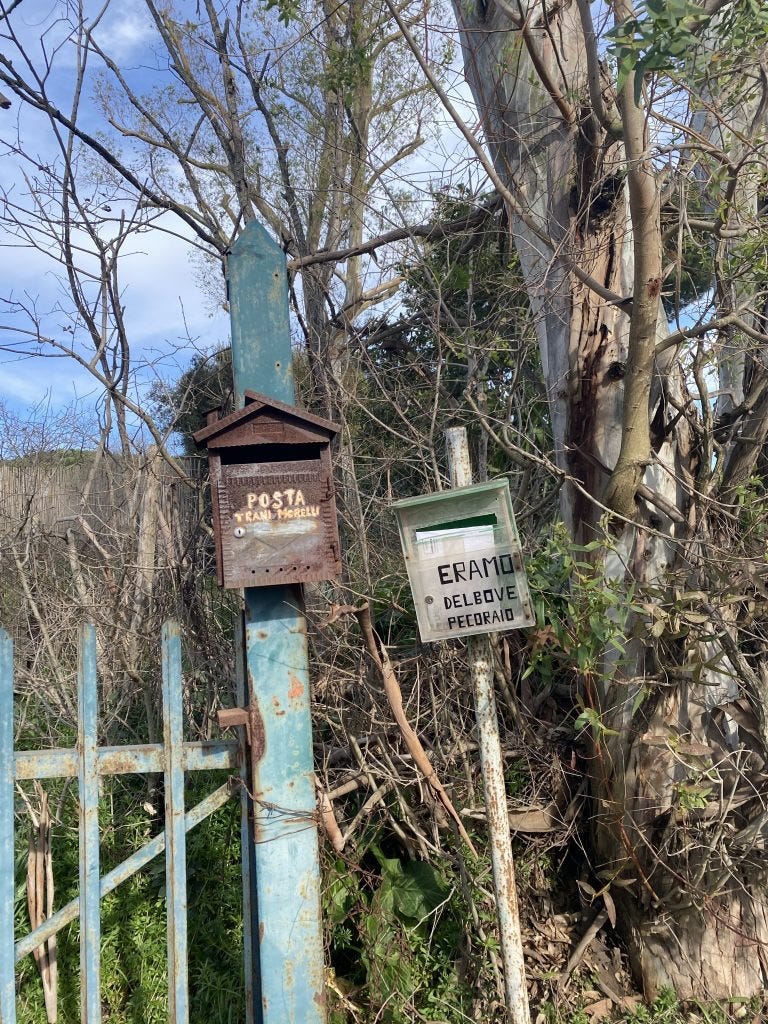
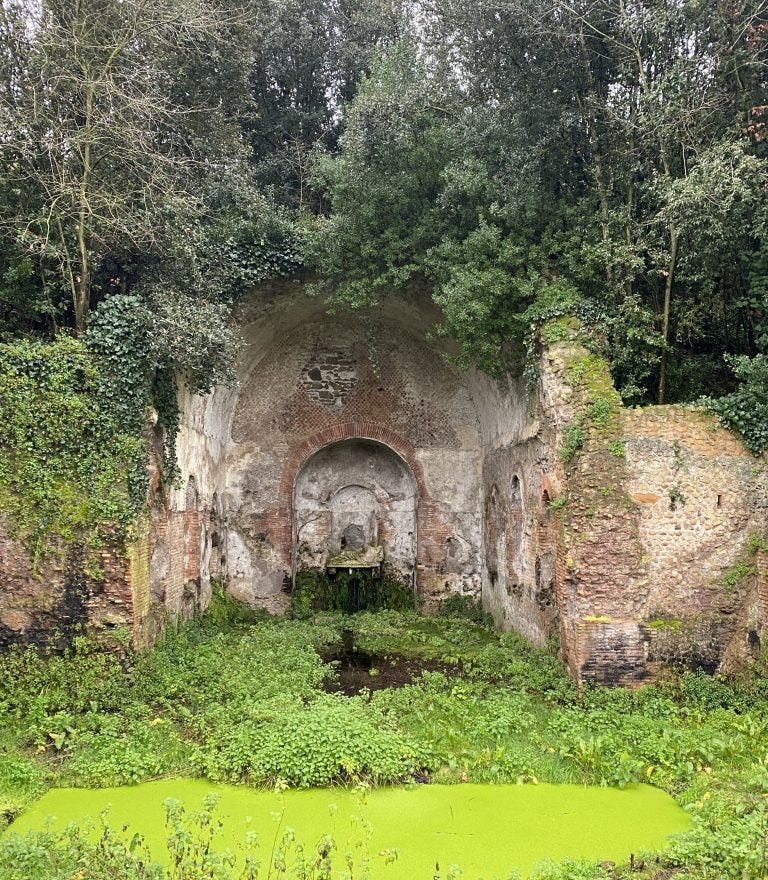
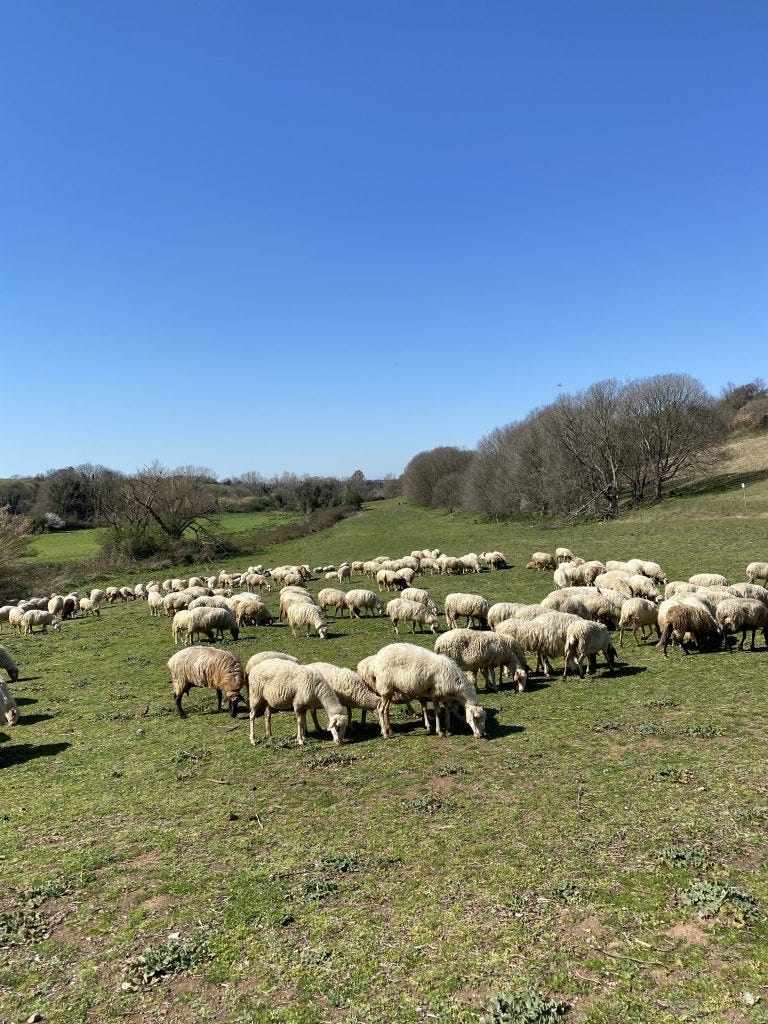

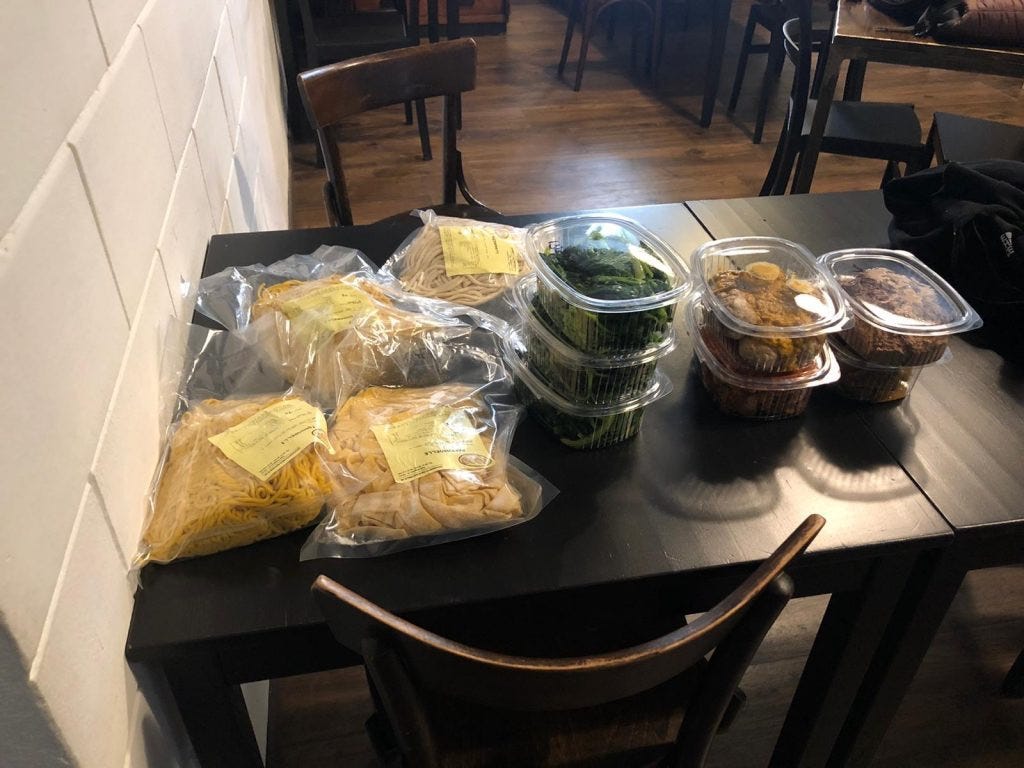
Really enjoyed reading this and memories of
A Roman Quarantine & we will absolutely visit Ristorante Pigneto. One day
Beautiful, pictures, reflections a gorgeous mix. I immediately checked into Pigneto 41...Please say it will re-open. Pigneto is quite far from where I live ( I must take public transportation) but I would definitely go there....